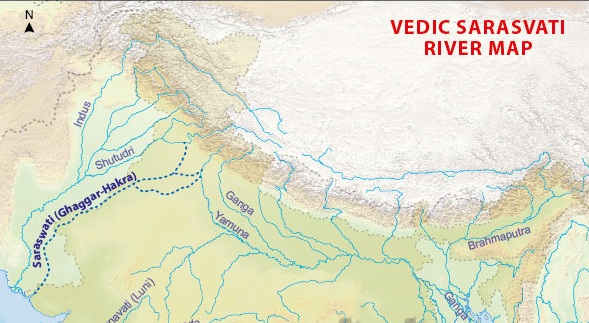900 319 0030
enquiry@shankarias.in
National Infrastructure Investment Fund (NIIF)
Kalvari Class Submarine
Sarasvati River
